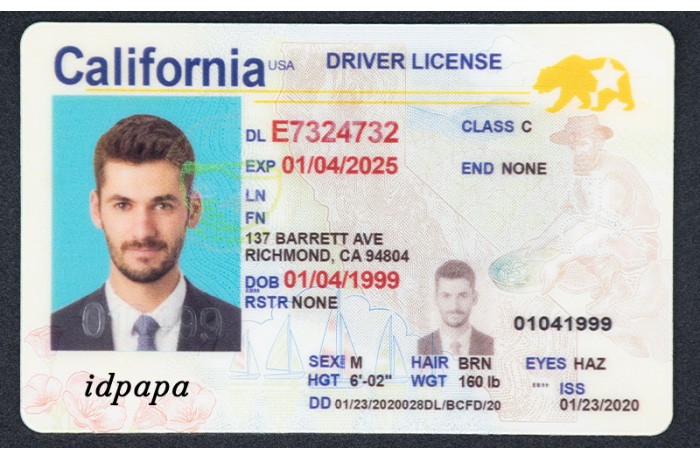Reddit Deep Dive Fake Scannable IDs {
Wiki Article

Ever thought about the realm of fake scannable IDs? Reddit's secret forums can be a crazy place, and sometimes you find details about these documents that are shocking.
Recently, there's been a lot of talk about copyright on Reddit. People share experiences about getting flagged with copyright, the cost they charge, and even methods they use to manufacture them.
It's a curious look into a world that's bothillegal and harmful. Just remember, while it's fun to read about this stuff, it's important to stay safe in any wrongdoing.
Gotta Have a copyright? (Scannable Edition)
Yo, UK lads and lasses , lookin' to score some drinks? The age game is brutal, but we got your back . Grab your flip phone, 'cause we're about to break down how to get a scannable copyright that'll have 'em beggin' for mercy.
- First things first: You better believe it find a top-notch maker. Skip the dodgy lads on Craigslist , they're more likely to give you a dud. Word of mouth is your go-to here.
- Legitness matters. Don't be a cheapskate, invest in a copyright that looks like the real deal . We're talkin' security threads, the whole nine yards .
- Don't draw attention . Once you got that sweet scannable ID, use it wisely. Blend in with the crowd.
Remember, this is just for fun . Don't go to jail. Stay safe out there.
Peeling Back the Curtain on Scannable copyright
The world of copyright identification is constantly evolving, with con artists always one step ahead. But even as technology advances, there are fundamental principles behind how these forged documents trick scanners. These "scannable" copyright often leverage subtle layout that can bypass basic security checks. It's a complex game between the sophistication of the counterfeiters and the security implemented by institutions.
- One aspect is often the use of premium paper that mimics the texture and watermark of genuine IDs.
- Secondly, counterfeiters may incorporate microprinting or other hidden details that become visible under specific lighting conditions.
- In addition, some copyright utilize reflective elements that can duplicate the authenticity of real security features.
Understanding these tactics is crucial for law enforcement to stay one step ahead in the fight against identity theft. As technology continues to evolve, so too will the methods used to create and identify copyright.
The Tech Behind the Deception: Building a Scannable copyrightConstructing
Creating a scannable copyright is a challenging feat requiring a blend of technological know-how and artistic deftness. The process involves manipulating design elements to mimic authentic features while incorporating hidden signals detectable by advanced scanning equipment. The most common method utilizes embedded images that are not readily visible to the naked eye, but can be decrypted by scanners used in legitimate identification verification systems.
Another approach involves embedding microchips containing fraudulent details. These chips are miniature and can be incorporated into the ID's design, bypassing traditional visual scrutiny. However, this method is more complex to execute due to the precision required in chip positioning.
- Creating a scannable copyright demands a deep knowledge of both design and technology.
- Conquering this deception requires meticulous attention to detail and the ability to hide vital information within seemingly harmless elements.
- The constant evolution of scanning technology necessitates a continuous adaptation in methods used to create convincing copyright.
Scanning Secrets: The Science of copyright
Crafting a copyright is a meticulous process requiring a keen eye for detail and knowledge of security features. From the feel of the cardstock to the intricacy of the printing, each element plays a role in persuading scanners. Forgers utilize advanced techniques like microprinting, holograms, and UV paints to mimic genuine IDs with astonishing accuracy. But these efforts are constantly being met by countermeasures implemented by security officials and the development of increasingly sophisticated scanning technologies.
In essence, the battle between copyright and their detection rests on a constant cycle of innovation and counter-innovation, pushing both sides to adapt.
DIY copyright?: Crafting Your ID Scannable at Home
Yo, so you wanna skirt the age restrictions? Thinkin' about building yourself a copyright that actually works? Listen up, 'cause I'm gonna lay out how to whip one of these bad boys at home. First things more info first, you gotta get your hands on some fresh ID templates. These are important for making your copyright look legit. Once you got those, it's time to pack 'em with the deets. Think about it like this: you gotta trick that scanner machine that your ID is the real deal. So, make sure all the details is perfect.
When that's all sorted out, you can start printing the details onto the ID template. This part is kinda challenging, so don't rush it. You gotta be accurate. Next, you need to make your copyright look realistic. Use a good quality printer, and maybe adding some subtle details to make it more convincing.
Report this wiki page